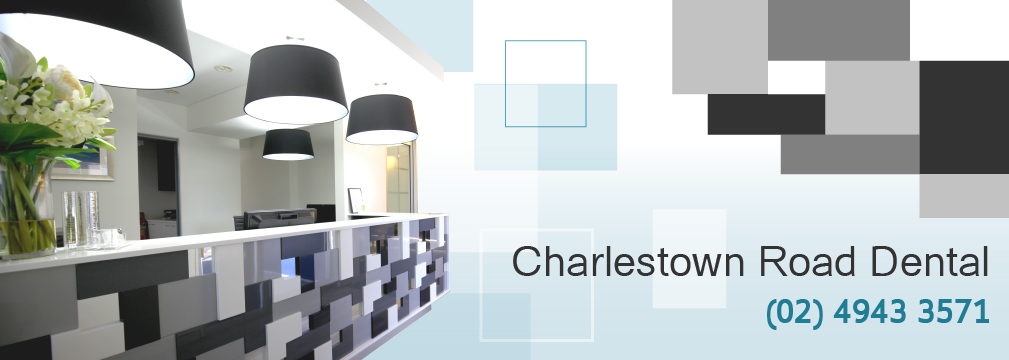What is Root Canal Therapy (RCT)?
Root canal treatment is a dental procedure to remove the innermost part of the tooth (the pulp) if it has become infected or damaged.
The pulp is a collection of blood vessels, connective tissue and nerves, commonly referred to as “the nerve” of the tooth. It is responsible for the production of the dentine which makes up the bulk of tooth crown and root canal. This pulp tissue is nourished by the blood vessels which travel into the tooth through narrow canals in the roots: the root canals.
Inflamed pulp causes toothache and pain
When the pulp becomes irreversibly inflamed, infected (often through decay), or loses its blood supply and becomes non-vital (or “dies”), then the tooth requires this tissue to be removed to resolve, or prevent, the pain and infection associated with a classic tooth-ache or abscess.
Root canal therapy procedure
Reliable local anaesthetics make it comfortable for patients.
The procedure is exacting for the clinician – requiring great precision, and particularly in a tooth with multiple canals may take one or more lengthy appointments.
But for the patient: a long appointment, combined with nothing to do – no pain to fear and nothing “going into the mouth” (by means of the rubber dam barrier used) – means we often have patients fall asleep during root canal therapy – even snoring!
Root canal therapy should not have such a poor reputation. It was probably gained as it was often needed to alleviate the most severe of toothaches in a time when local anaesthesia was not always effective. In fact, in some cases where the pulp is already non-vital, the root canals can be entered and cleaned without even needing local anaesthetic.
Pulp removal
The pulp is removed by preparing a deep cavity in the biting surface of the back teeth, or behind the front teeth, and using very fine flexible files, together with antibacterial solutions and dressings, debris and infection is cleaned out of the fine canal(s).
We use careful procedures to prevent infection
In order to prevent contamination into the root canals whilst working to disinfect them, and prevent any stray material finding its way down the back of the mouth, a barrier called rubber dam is used around the tooth to separate the tooth from the rest of the mouth. The canals are not only cleaned, but are also shaped to receive a watertight sealer, or root canal filling, which will prevent (re)infection in the future.
Once a tooth is fully formed it no longer requires a pulp and the tooth can therefore function quite normally without the pulp as long as it isn’t instead harbouring infection.
A crown may later be required
A tooth that has been “root-filled” will often be weakened by the large and deep decay, filling &/or fracture that prompted the need for root canal therapy in the first place, and may be further weakened by the removal of tooth structure to perform the root canal therapy. In these cases a crown is often, but not always, indicated afterward, sometimes requiring a post as well as a regular dental filling to seal up the opening, and as a foundation for the crown.
Correcting discolouration after root canal therapy
Sometimes a front tooth may have “died” from a knock without any externally visible damage. This may only be picked up later by the tooth discolouring, having a pimple-like drainage through the gum near the tooth or by a chance Xray. In these cases it may be sufficient to put a very simple filling in the back of the tooth.
If the tooth has discoloured, bleaching the tooth from the inside, after RCT but before the final filling, may give a very effective cosmetic result without the need for external masking (veneer or crown).











